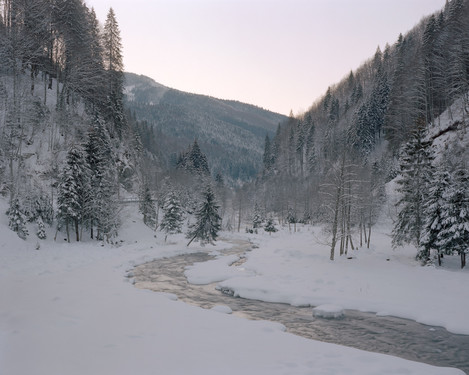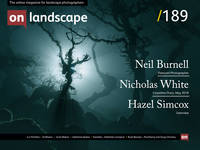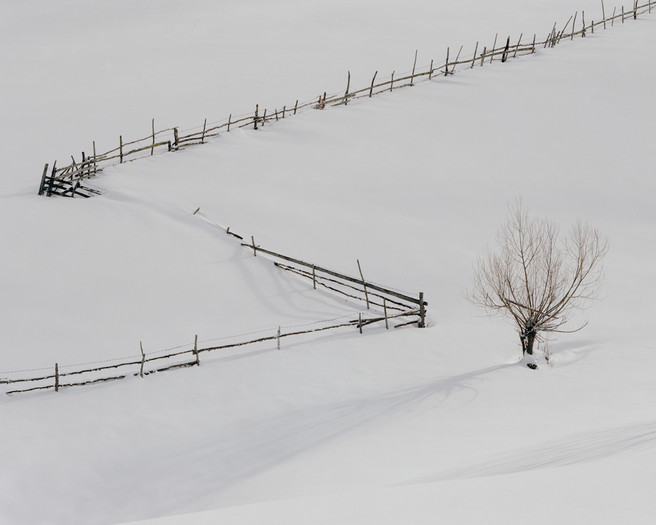How exactly do you create a national park?

Nicholas White
Nicholas White is a photographer based on the edge of Dartmoor National Park in the South West of England. He graduated from Plymouth College of Art in 2013, was commended in Landscape Photographer of the Year 2015 and is an Associate of the Royal Photographic Society. He currently divides his time between a studio with no windows, and the landscapes of the British Isles. Nick's other website is http://www.blackdotsproject.co.uk/, Facebook, Twitter and Instagram.
In January of last year, I began photographing a body of work documenting Romanian NGO ‘Foundation Conservation Carpathia’ (FCC) as they strive to create a new European Wilderness Reserve in the heart of the Southern Carpathian Mountains. The project, entitled ‘Carpathia’, was initially funded by the Royal Photographic Societies annual Environmental Bursary scheme in association with The Photographic Angle. I intended to publish a project diary here at On Landscape after each seasonal trip. However, I was unable to publish any of the photographs until the Royal Photographic Society ran a ‘Carpathia’ feature in the print journal this year. Now that has been published; I can continue to release the work elsewhere. So, although the work was made throughout 2018 and early 2019, I still intend to publish my project journal here – albeit retrospectively…

Targului River, the proposed location for Beaver reintroduction programme, Raul Targului Hunting Area
About the FCC
When it comes to economic data, Romania is nearing the bottom of all of the statistics in the European Union. However, when it comes to environmental statistics, the county comes out on top. Boasting 6 million hectares of forests, it has the largest surface of virgin and unfragmented forest in the Union; the most significant population of large carnivores, where bears, wolves and lynx are still commonly seen in their natural environment; and over 3700 plant species, many of them endemic to the region.
It is said that “the forest is Romania’s brother”, however in recent years, this innate connection to the forests is being put under incredible strain. The restitution of formerly nationalised land, a process that began in 2004, eventually resulted in a new ownership structure of two-thirds of Romania’s forests. Communities and landowners associations received larger, contiguous properties, while the majority of private land consisted of smaller parcels with less than 50 hectares. In the years that followed, logging companies bought many of the privately-owned forests, and tremendous deforestation was the outcome. This resulted in large clear-cuts that have painfully scarred vast mountain slopes, leaving the area deserted. The only viable solution to protect these areas from greed and corruption was via direct purchase.
Founded in 2009, Foundation Conservation Carpathia (FCC) is spearheading efforts to protect and restore a significant area within the Southern Carpathians through the creation of a new European Wilderness Reserve. By purchasing large tracts of forests and meadows, FCC ceases logging operations and lease hunting rights to guarantee full protection of all natural elements. Over the past decade, FCC has succeeded in acquiring over 21,000 ha of forests for protection and has managed to create an entirely hunting free area of 36,000 hectares, in addition to planting over 1.5 million saplings and restoring more than 500 hectares of clear-cut land.


